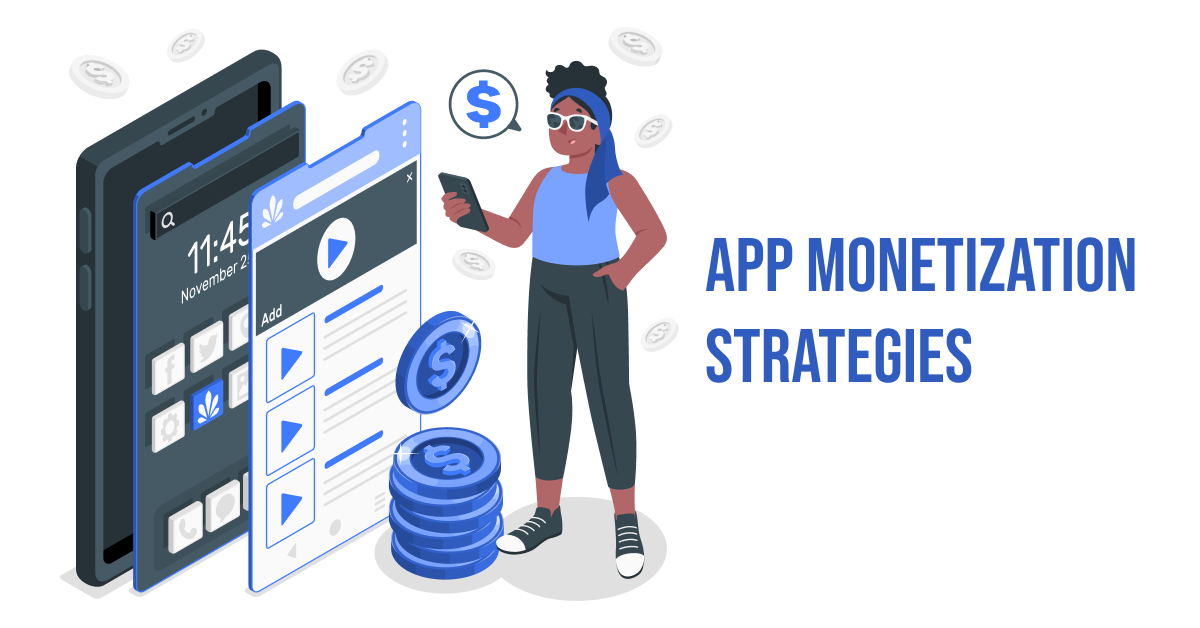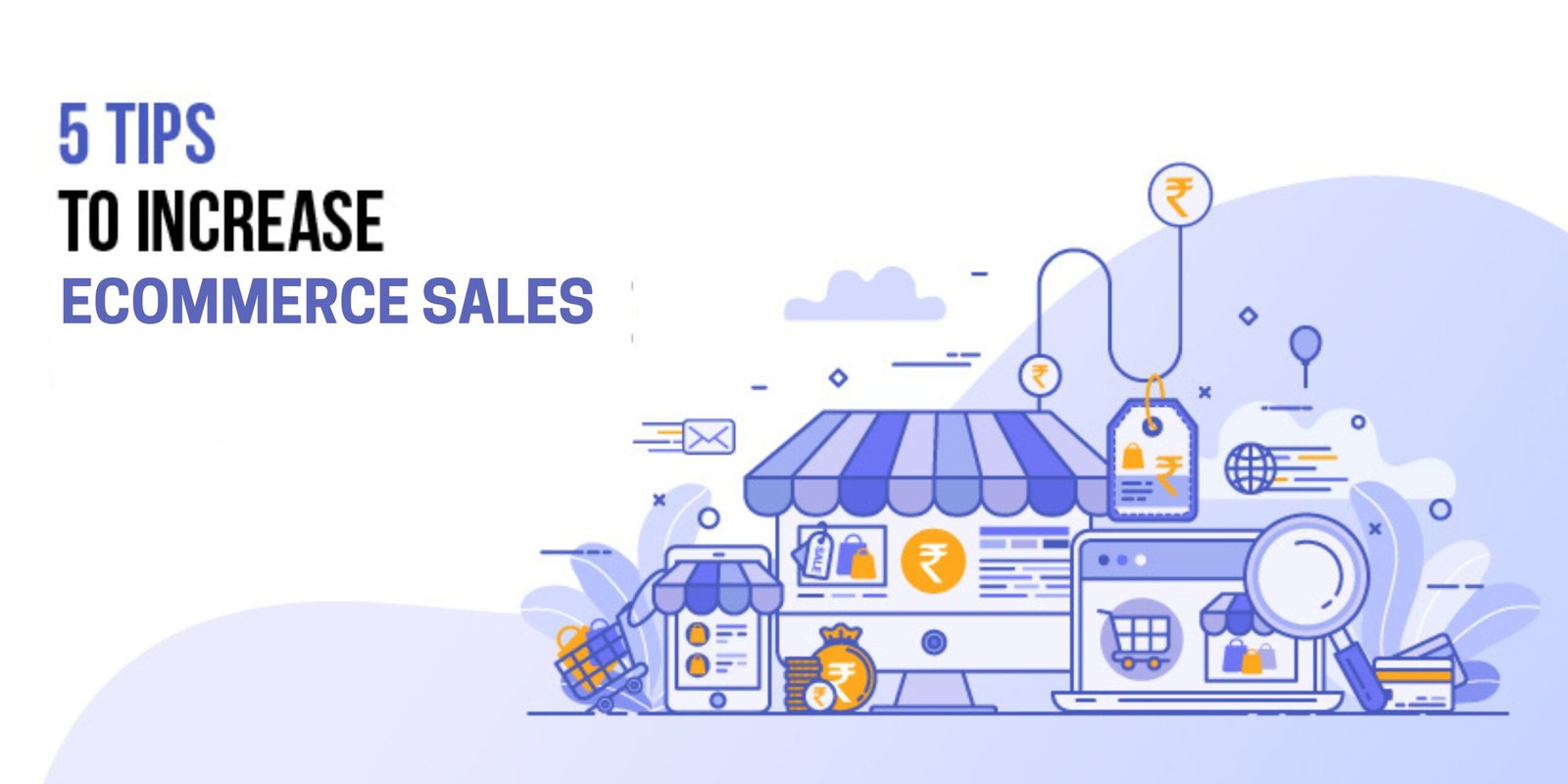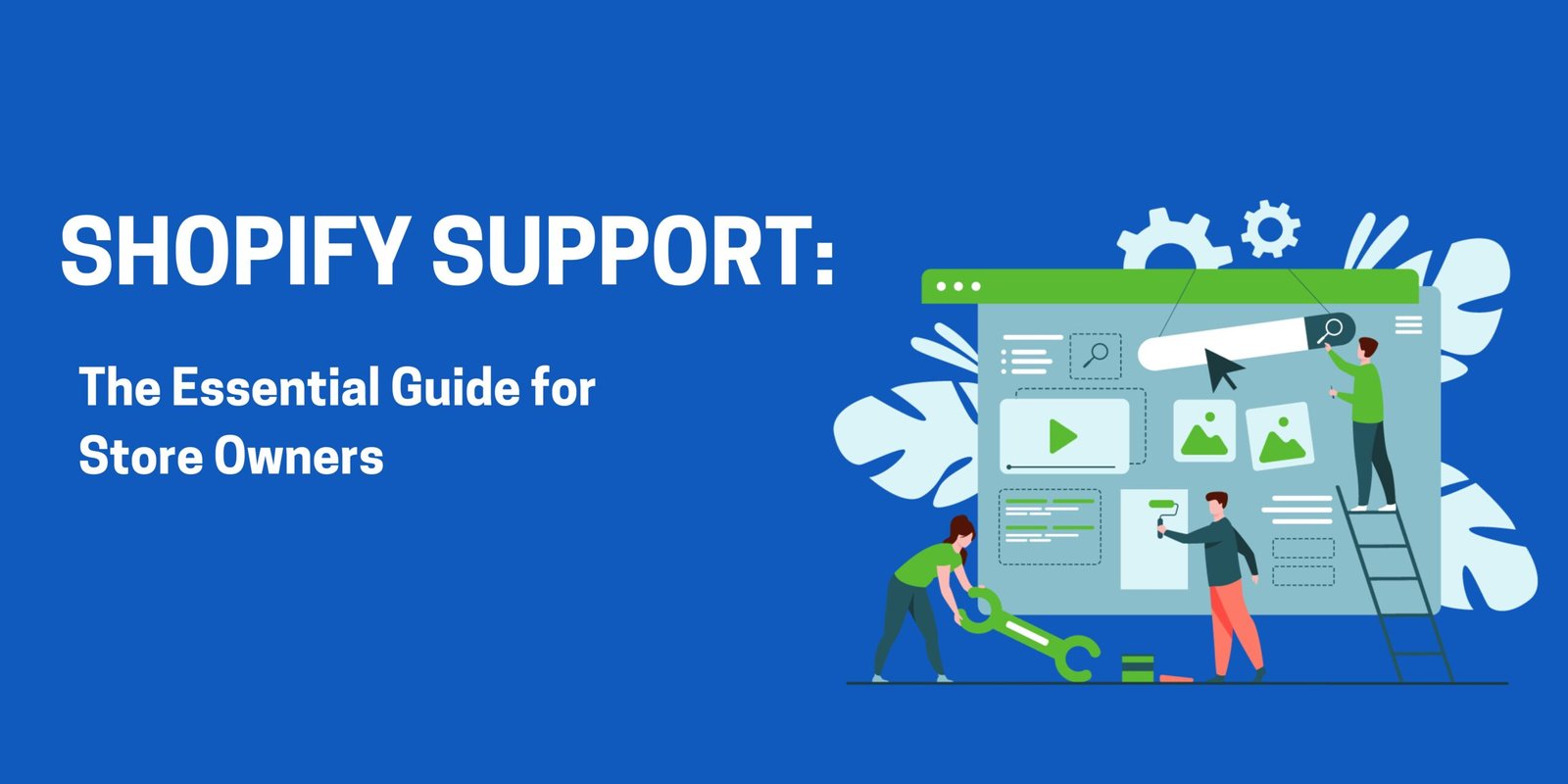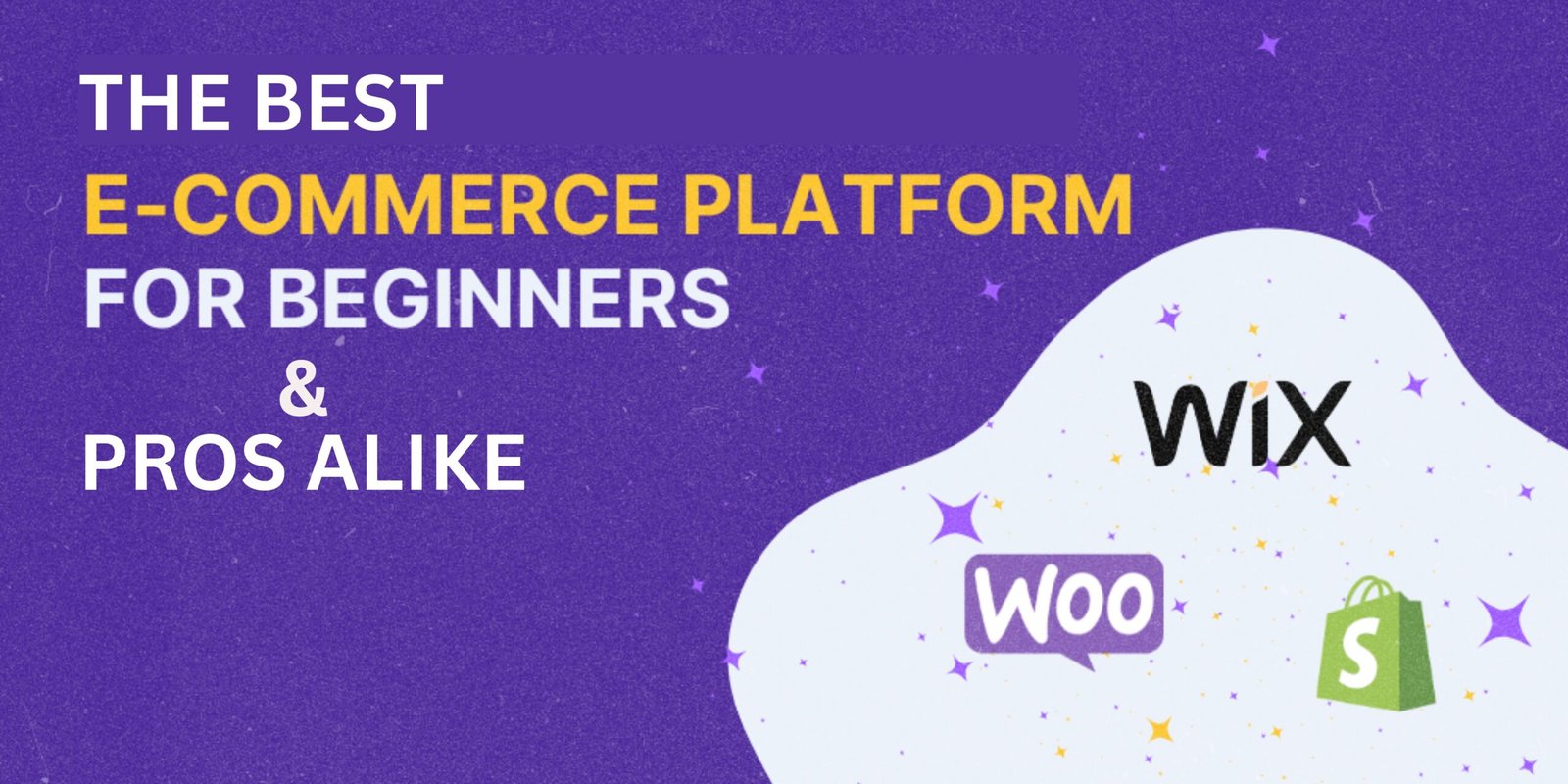In 2024, the global mobile app market is expected to generate over $935 billion in revenue, yet nearly 90% of apps are free to download. So how do apps make money? Understanding the monetization strategies behind the apps we use daily can reveal how developers turn downloads into dollars. From in-app advertising to subscriptions, app owners are using innovative methods to keep their apps profitable while offering free access to millions of users worldwide.
Let’s explore the top strategies driving this billion-dollar industry.
1. In-App Purchases (IAP)
In-app purchases (IAP) allow users to buy virtual goods, premium content, or features directly within the app. This strategy has become highly popular, particularly in gaming and productivity apps.
According to a report, the in-app purchase market surged from $171.82 billion in 2023 to $213.36 billion in 2024, reflecting a compound annual growth rate (CAGR) of 24.2%.
Users can buy virtual goods, unlock exclusive features, or even remove ads by making small payments.
Why it works
- It allows users to enjoy free basic features but entices them to spend on extra functionality.
- Users can purchase single items or subscribe for ongoing access to premium content.
Challenges
- Overloading users with purchase options can become annoying, leading to app abandonment.
- It’s tough to balance between free and paid features to retain users while monetizing effectively.
2. Freemium Model
The freemium model offers a free version of the app with basic functionality while providing premium features or content at a cost. The freemium model grew by 2.4% in 2024 across multiple sectors, according to Mixpanel. Many users are drawn to this model as they can explore the app without any upfront cost, and once they’re invested, they are more likely to pay for additional perks.
Why it works
- Users are more likely to download the app as there’s no initial cost.
- This model increases user retention, as people can continue using the app for free while considering an upgrade.
Challenges
- Convincing users to upgrade from the free version can be difficult.
- Some users may never convert, relying solely on the free version, which impacts revenue potential.
3. Subscription Model
The subscription model involves charging users on a recurring basis—monthly, quarterly, or annually. It is a popular option for apps that provide continuous value, such as media streaming, cloud storage, or productivity tools. The global app subscription market has grown rapidly, contributing a significant portion of the estimated $935 billion in mobile app revenue by 2024.
Why it works
- Regular payments provide a steady revenue stream.
- The model encourages long-term user commitment, increasing lifetime value.
Challenges
- Some users may cancel their subscriptions if they don’t perceive enough value.
- High competition, as many apps now offer subscription services.
4. In-App Advertising
In-app advertising is a powerful way to generate revenue by displaying ads to users while they use the app. Companies pay app developers to display ads through banners, interstitials, or video ads. The global in-app advertising market is expected to reach $352.7 billion in 2024 underscoring its massive potential.
Why it works
- Users don’t have to pay for the app, making it accessible to more people.
- Ads can be tailored to the user’s preferences for higher engagement.
Challenges
- Poorly timed or intrusive ads can frustrate users and lead to app uninstalls.
- Ad blockers may limit visibility, reducing revenue potential.
5. Affiliate Marketing and Sponsorships
Affiliate marketing involves promoting third-party products or services within your app. Every time a user makes a purchase through your app’s referral link, you earn a commission. Sponsorships, on the other hand, involve partnering with brands to feature their products or services within your app. Fitness apps often use this model by partnering with sports or wellness brands.
Why it works
- You earn money without needing to develop your own products.
- Sponsorships and affiliate links can provide significant additional revenue.
Challenges
- Finding the right partners that align with your app’s user base can be challenging.
- Too many promotions can make the app feel cluttered, driving users away.
Current Trends of How Do Apps Make Money
The mobile app market is evolving with new trends, including:
- AI-Powered Personalization: AI is being used to tailor in-app experiences, leading to higher user engagement and revenue.
- Augmented Reality (AR): More apps are integrating AR features, especially in gaming and e-commerce, which opens new revenue streams through immersive experiences.
- Hyperlocal Targeting for Ads: Apps are using location data to deliver highly relevant ads to users, increasing the likelihood of clicks and conversions.
Looking to build a revenue-generating app? Blueprints Digital Center specializes in developing mobile apps with built-in monetization strategies. Whether it’s through in-app purchases, ads, or subscriptions, we can help you turn your app idea into a profitable business.
Contact us today to start your journey!
FAQ’s
1. Can free apps really work & how do apps make money?
Yes, free apps make money through in-app purchases, advertising, affiliate marketing, and sponsorships.
2. Which monetization strategy works best for gaming apps?
In-app purchases are the most effective for gaming apps, allowing users to buy virtual goods or unlock features that enhance the gaming experience.
3. How profitable is the subscription model?
The subscription model can be highly profitable, providing recurring revenue. It works best for apps offering ongoing value, like streaming or productivity tools.
4. Does in-app advertising affect user experience?
If ads are well-placed and non-intrusive, they don’t significantly affect the user experience. However, too many ads or poorly timed ones can frustrate users.
5. How do I choose the best monetization strategy for my app?
Understanding your app’s value proposition and audience is key. Consider which features users are most likely to pay for and select a model that aligns with your goals.




